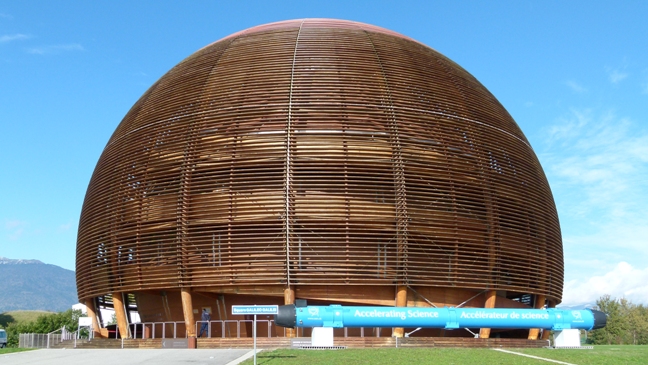CERN Works With JRC For Cancer Treatment Research
The Conseil Européen pour la Recherche Nucléaire or CERN is working with the JRC in looking into the potential of alpha-emitters. The work will focus on the possible use of alpha therapy in dealing with cancer.
The 225Actinium and 213Bismuth will be produced through the irradiation of natural 232Thorium using high energetic protons. These nuclides have the biggest potential for use in targeted alpha therapy. CERN is among a number of facilities with the capability of producing protons using this level of energy. The Isotope Separator On Line Device or ISOLDE mass separating system of the facility can be used in the removal of unwanted contaminants from the product.
Combining the world-class facility with the experience of JRC in targeted alpha therapy research can facilitate the production of both 225Ac and 213Bi, which is advantageous to cancer patients around the world.
Numerous studies were conducted by the JRC on the use of the nuclides for cancer treatment. The first research involved clinical studies aimed at dealing with leukemia. This study was later followed by others, including studies on neuroendocrine tumors, prostate cancer, brain tumors, malignant melanoma, bladder carcinoma and Non-Hodgkin’s lymphoma. The studies showed that 225Ac and 213Bi can be safely used for therapy.
The Institute for Transuranium Elements of the JRC is among the three facilities around the world that has the capability of producing alpha emitters in clinically-relevant levels. The two other facilities are the Oak Ridge National Laboratory of the US Department of Energy and the Institute for Physics and Power Engineering of Russia.
Limitations on the supply of 225Ac and 213Bi have been one major obstacle in the development and extensive application of targeted alpha therapy. Since it is necessary to extract Thorium-229 from Uranium-233, it is difficult to increase the scale of the process. Uranium-233, which is material taken from nuclear weapons, is difficult to acquire. With the collaboration between CERN and JRC, alternative solutions can now be considered.
